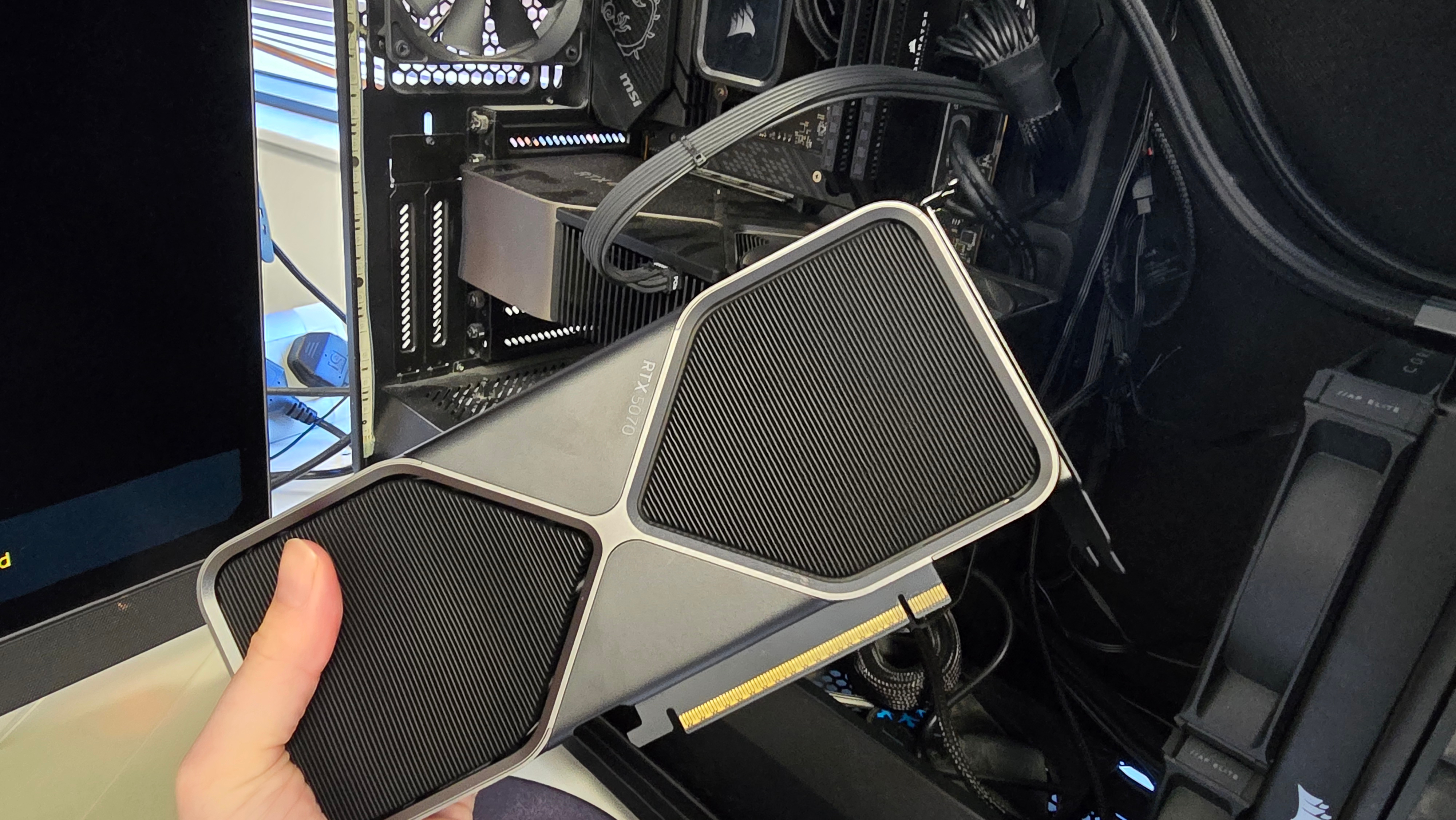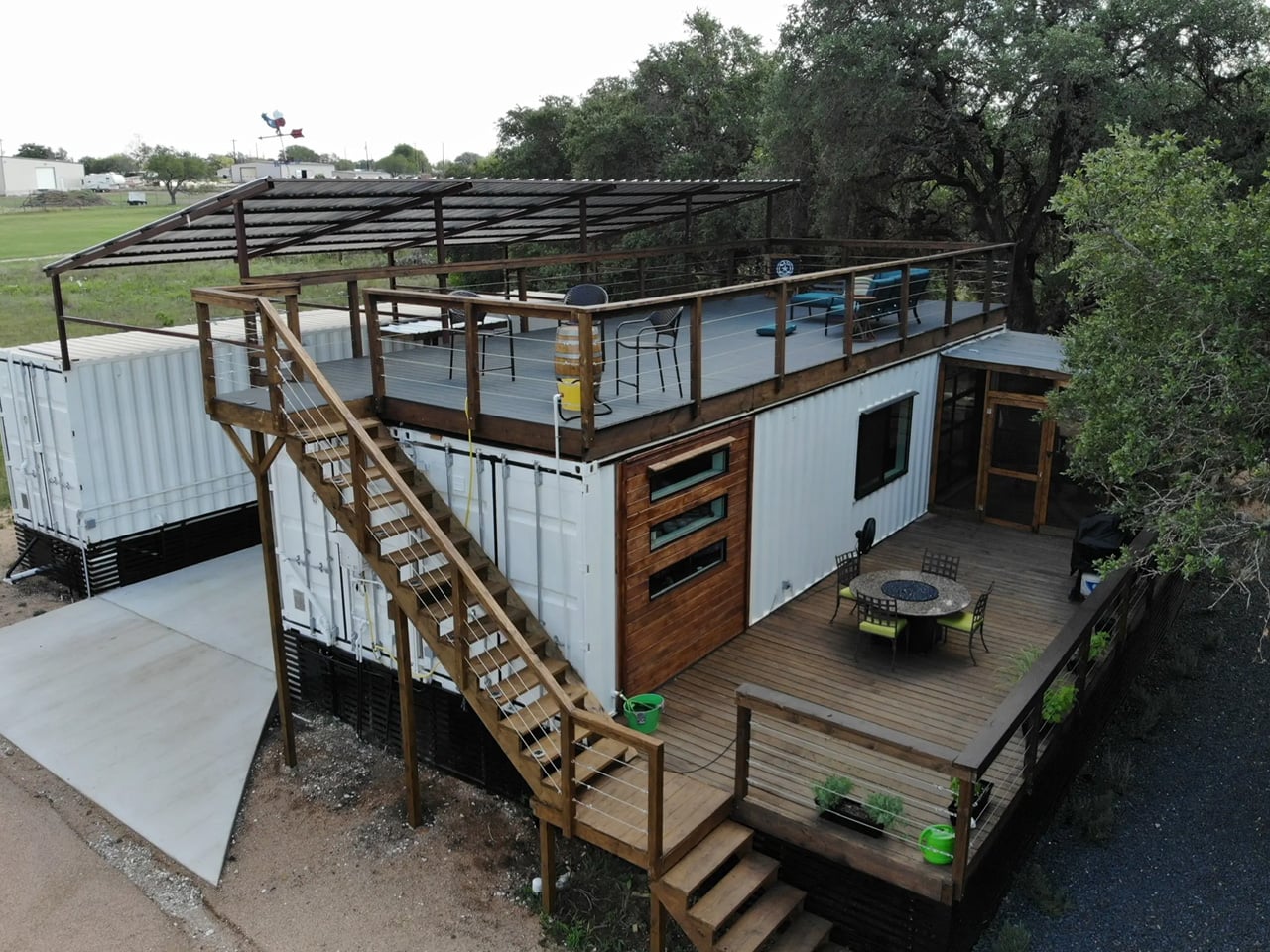Waymo and Toyota have announced a partnership with the goal of developing self-driving technology in personal cars . Details are scant. The partnership will also involve Toyota’s “Woven” district which was developing its own self-driving stack, as well as a futuristic prototype city.
Woven had previously purchased Lyft’s “Level 5” self-driving division several years ago. Ever since the start of Waymo there have been regular discussions about relationships with automakers to include Waymo’s “Waymo Driver” technology in their cars. In part at my urging, Waymo has followed the easier “robotaxi” plan, selling rides, not cars, to consumers.

There is value in personal cars, but there are many challenges in making a car suitable for that market. Waymo now has robotaxi operations in 5 locations, with several more planned, and is giving 250,000 rides per week. They report a superhuman safety record.
Now, it seems, they will talk about use in personal cars with the world’s top-selling automaker. Waymo’s first two prototype vehicles were built on top of a Prius and a Lexus RX450 (without the direct involvement of Toyota) which makes this fitting. Having worked inside Waymo and having followed the automakers closely, I may be able to offer some useful insights.
As noted, all companies with working self-driving have taken a robotaxi-first appoach. To sell a car to consumers, it must function everywhere in a territory. You can’t make a Chevy Tahoe that only drives at Lake Tahoe, you just won’t sell enough of them.
On the other hand, you can make a successful robotaxi that just serves a few lucrative service areas in big cities. The robotaxis come home every night, you control every aspect of them, which is a must for radical new products like this. Most car companies never see the customer again after the sale--and even their dealer barely sees them.
Self-driving is not a product, it’s a service, which involves lots of infrastructure, services, software updates, connectivity, maps and more. If the cars can operate vacant they also need remote assist operators, pick-up/drop-off and parking lot handling and more. So selling self-driving as a product is a lot harder.
One solution is to do freeways and major roads. That’s a useful product for the consumer. They drive the car to the major road, push a button, and can relax/sleep/work on a long trip.
Mercedes has sold such a product and others plan it. That’s something people in every region will want, even though it doesn’t drive their own personal street. Over time you expand the service area.
Tesla dreams they can make a car that can drive every road, and perhaps some day they will, but that’s still not a car you’ll “bet your life” in while it’s on a road it’s never seen before, never been tested and certified on. Nor is it a car the maker wants to take liability for on roads they’ve never tested it on. So the service area grows slowly.
Partnership graphic Waymo While this car can’t run vacant on any street, or come pick you up at any address, it’s still a nice thing to have in your car. Americans, by my calculation, spend 50 billion hours every year turning steering wheels. They only spend 250 billion working! Getting that time back for work or relaxation or sleep is a big deal.
A large fraction of that driving is on major roads. In may ways, the value created from those billions of hours is the largest dollar value created by robocars, though saving lives remains a larger overall (though less tangible) value. Plus, Waymo’s technology will work on the city streets of a large number of major cities by the time Toyota puts it in a car, which is still years away.
While making a car model a success requires you sell it over a wide area, it will provide this functionality in they key markets. Mercedes Drive Pilot, which only does 90 km/h on some Autobahns, sells for $2,500 per year. Over the 20 year life of a car, that’s more than the cost of an entire (less quality) car.
Tesla has sold 400,000 licences to their “Supervised Full Self Driving" prototype for as much as $15,000, though it’s currently $8,000, or about $1,500 in a used vehicle. But that doesn’t self drive at all, you must constantly watch the road, which not everybody finds enjoyable, though most like the freeway version which is included with the car and find it relaxing. Tesla has said for the last 8 years that it will self-drive within a year.
This year they have said they really mean it this time. The sensors for Waymo’s technology started out expensive, but since they are digital electronics, they are expected to drop vastly in price at scale, as digital electronics always have. So this should be a profitable product, though probably beginning in the Lexus price range rather than the Corolla.
But it won’t stay there. It’s extremely unlikely Waymo’s technology would be combined with any of Toyota’s, including Woven’s Lyft Level 5 project. This suggests those projects will be wound down.
Tesla has said that if they make a working self-drive system, they will let private Tesla owners hire out their cars as robotaxis. That’s not likely to be that big a deal (as even Tesla’s own internal research reportedly said) but such cars can have use as a way to handle special “peak” loads, when the fleet-owned robotaxis are overwhelmed and wait times increase or rides are refused. If private cars are out there which can become robotaxis, at peak times a premium offer might be made (like “surge” pricing) to get private owners to have their cars clean and ready to go--or at least ready to go to a cleaning depot and get to work.
Waymo plans to be the world’s leading robotaxi company and might make use of this. Waymo has contracted with Zeekr and Hyundai to build their next generation of robotaxis. Nothing was said in the announcement, but it certainly could make sense for Toyota to also build vehicles for Waymo; they are very good at that.
They are a bit less skilled at EVs, but that’s changing. In the past, deals have been slow to happen: Both Alphabet/Waymo and Toyota are the top companies in their space, each expecting to be in charge of any relationship. That makes it harder but it can still happen.
Automakers are slow to come out with new cars, so developments are probably several years in the future. Waymo’s deal with Zeekr was threatened by the large tariffs put on Chinese EVs by first Biden, then Trump. Toyota manufactures many vehicles in the USA (though also Canada.
) There is some irony that Waymo eventually would like to replace car ownership with their robotaxi service. That’s coming for some customers, but not immediately. There’s plenty of time to sell Toyotas, and there will always be a decent segment of the market who want to continue owning private vehicles.
.
Technology

Waymo To Partner With Toyota On Personal Robocars

Robotaxis are what you do first, but eventually people want private cars too. Using insights from working for and studying these companies, here are some details.















